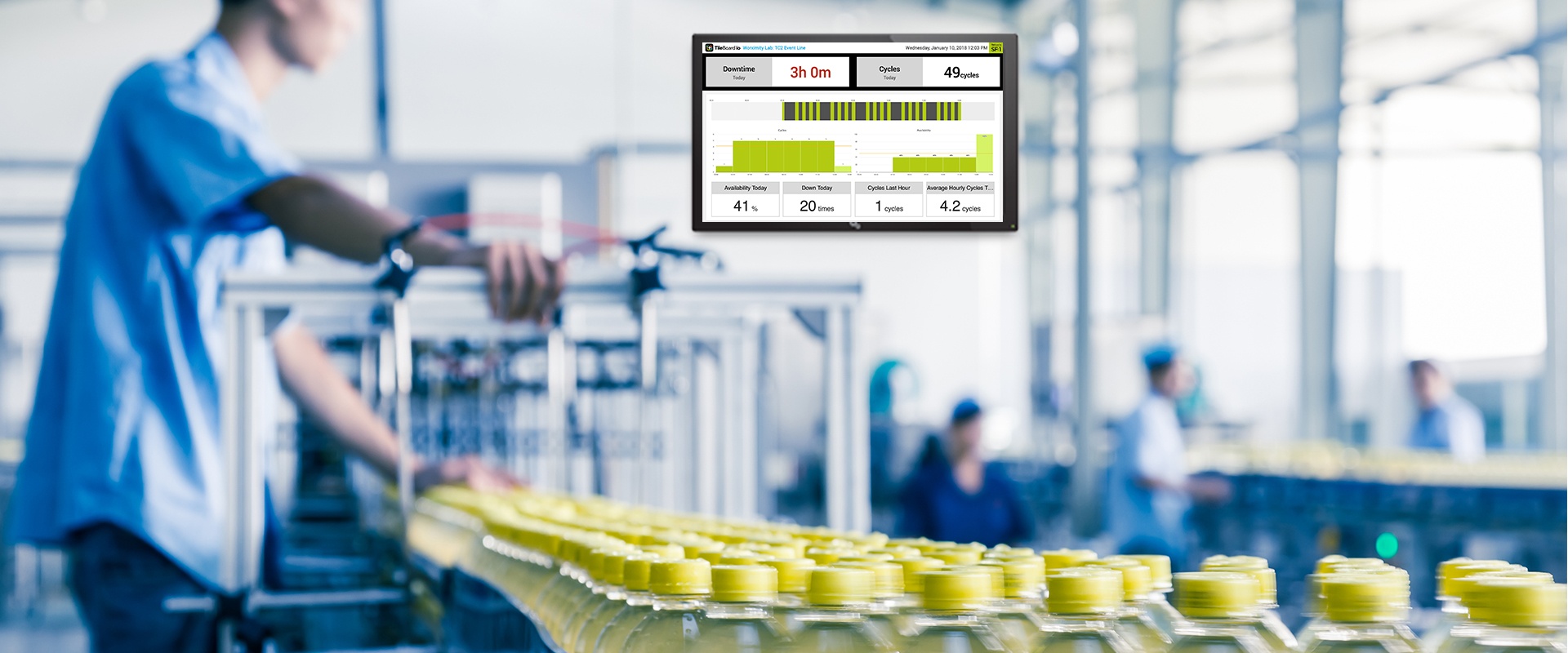Article by Jeffry Nance, robotics enthusiast and writer for DO Supply.
According to Statista the global manufacturing industry is set to spend over $890 billion for IoT technologies by 2020. However, despite this huge growth in the applications of said technologies, there are still challenges that prevent their adoption on a mass scale. These challenges range from the lack of trust to the lack of knowledge on how to wield those products. Every day researchers and developers work on ways that will help overcome these challenges and make industrial manufacturing a much safer industry with the help of IIoT.

4 Greatest Challenges of IIoT Adoption
- Digital security: The efficiency of IIoT technologies and their ability to save millions of dollars and even human lives cannot be denied. However, digital tech of this nature is wrought with vulnerabilities to cyberattacks. The more of the manufacture is tied into a single digital entity, the harder is the impact should such an attack occur. The threat of enterprises’ IT systems being hacked or the data in them leaked on purpose is very real. Unfortunately, cybersecurity developments do not offer impenetrable protections yet. The work in this direction is ongoing but as of today, it’s still insufficient to guarantee complete security.
- Compatibility: Automation is a major goal for any industrial manufacturing business. However, such a project requires a huge investment. Therefore, companies are forced to upgrade their manufacturing facilities a piece at a time. This leads to multiple compatibility issues between the old and new automated equipment. IIoT solutions are rarely able to integrate old-school manufacturing equipment, so the businesses have to redesign their production processes to separate the automated and non-automated parts. This reduces the savings and efficiency of IIoT thus making more business owners doubt the benefits of investing in such technologies in the first place.
- Bad integration strategy: It’s not only a technical inability that makes integrating IIoT solutions into factories a challenge. Poorly thought out integration strategy is as big a problem. This one has two levels. One is technical, meaning the integration of IIoT is prevented by their improper placement into the manufacturing process. The other has to do with workers being unable to operate the new solutions and overall production process effectively due to their lack of understanding. One should never forget that educating factory employees on how to use new tech solutions is a vital step in integrating new equipment.
- Lack of trust: Not trusting into the safety and efficiency of IIoT is a major issue for integrating any advanced and automated technological solutions into the manufacturing process. Unfortunately, that lack of trust is regularly fueled by various incidents as no technology is infallible. The same goes for humans and many incidents caused by human error. However, while people can relate to those implicated in such cases, relating to a machine is impossible, which causes a significant amount of anxiety and even outright fear of the technology.
How to Overcome the Challenges of IIoT Implementation
Developers of IIoT solutions must be aware of the challenges their products face and take steps to create technology that will be able to overcome all of them. The IIoT solutions of today are made as secure as possible with regular updates increasing their chances to withstand hacker attacks. Integration strategies and technological aids are also being developed and offered alongside products. IIoT developers also offer specialized training and help with installation of their devices that should educate the workers and reduce compatibility issues. However, it’s trust that’s hardest to win. Seeing IIoT technology working smoothly, bettering workplace conditions, and increasing factory profits goes a long way in increasing that trust. However, the main component here is providing an efficient and friendly customer service that is always on standby to assuage any anxieties and help workers learning to coexist with new technologies.














